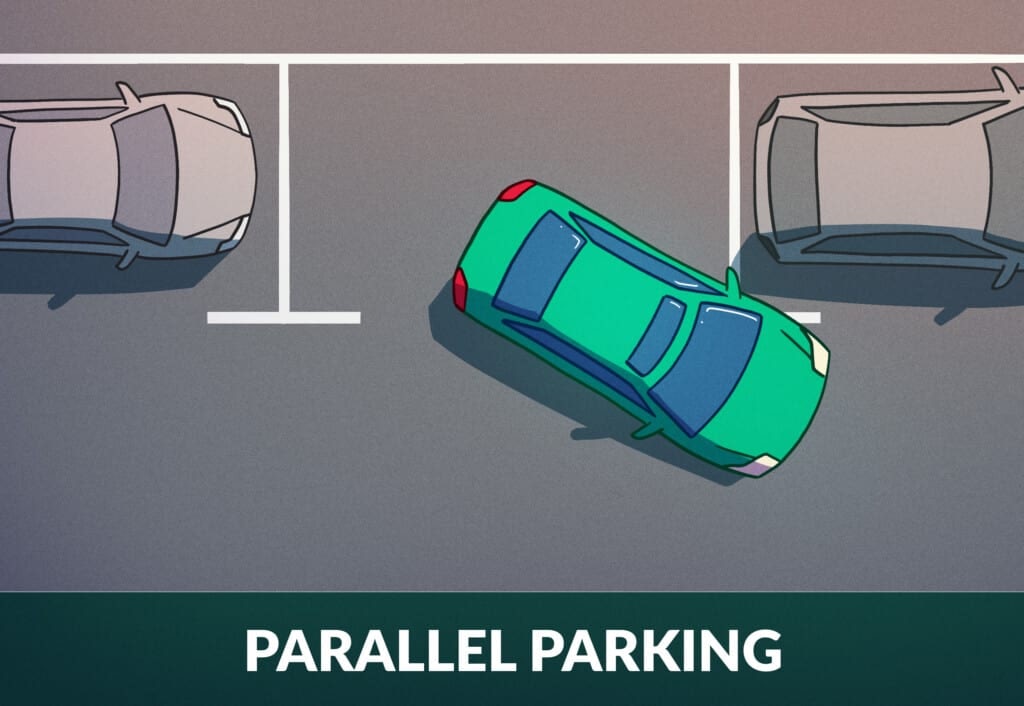
Car


Parallel parking can be intimidating, especially in India's crowded cities. Whether you're a new driver or a seasoned one, learning how to parallel park efficiently is a must-have skill. With practice and patience, you can avoid the stress of tight parking spaces and effortlessly navigate the most challenging spots. In this detailed guide, we’ll break down how to parallel park your car in India in four easy steps and share expert tips to make it even simpler.
Parallel parking involves reversing your car into a tight space between two parked vehicles, usually along the side of the road. In India’s busy streets, this is even more daunting due to limited parking spots, heavy traffic, and obstacles like pedestrians and cyclists. However, with modern advancements like parking sensors, reverse cameras, and dynamic guidelines, parking has become more manageable.
Get the best deals on cars. Click here!
The first step is to identify a spot that is both safe and legal for parking. Ensure the space you choose is large enough to fit your car, ideally 1.5 times the length of your vehicle. New drivers should opt for wider spaces initially until they gain confidence in tighter spots. Before parking, check for road signs indicating restrictions like “No Parking,” odd-even parking rules, or one-lane parking spots. Additionally, be mindful of obstacles like open gutters or large stones that could interfere with parking.
Key Tip:
Always ensure you have enough room, about 3-4 feet extra beyond your car’s length, to maneuver comfortably.
Once you've found a spot, position your car parallel to the vehicle parked in front of the space, maintaining a one-arm distance between both cars. Adjust the distance based on your car’s turning radius and the size of the available parking space. This setup ensures that you have enough room to reverse into the spot without hitting either of the parked cars.
Check out the Best Deals from Authorised Workshops
Some drivers find it helpful to align their rear wheels with the back of the adjacent car, while others prefer aligning the mirrors. If your parking spot is larger, placing your rear tires a bit beyond the rearmost part of the parked car also works.
Things to Remember:
Now comes the critical part—reversing into the spot. Lock the steering wheel fully in the direction of the parking space (usually to the left in India) and engage the reverse gear. While backing up, pay close attention to your rearview mirror and side mirrors. It's also helpful to look over your shoulder toward the rear of the car for better judgment.
Find the Best Deals from Trusted Showrooms
Reverse slowly until your front wheels are aligned with the back of the front car. For those using reverse cameras, follow the dynamic guidelines as you steer. Many cars' parking sensors give a wide safety margin, but combining camera visuals with manual judgment ensures accuracy.
Key Tip:
Look for curb reference points and keep an eye on the angle of your car. At this stage, your vehicle should be entering the space at around a 45-degree angle.
Experience the CarPhD Best Price Guarantee!
As your car backs further into the space, it's time to straighten up. Gradually bring the steering wheel back to the center and continue reversing until your car is close to the curb. Then, turn the steering wheel in the opposite direction (to the right) to tuck your vehicle completely into the space.
Check the passenger-side ORVM and adjust it so you can see how close your car is to the curb. By now, your car should be nearly parallel to the sidewalk, and you should maintain an appropriate distance from the cars parked in front and behind. Use your sensors and cameras to judge the space and make final adjustments.
Get the best deals on cars. Click here!
Things to Look Out For:
Once your car is fully in the parking spot, take a moment to fine-tune its position. Your vehicle should be centred between the two cars, with enough space for all vehicles to pull out easily without hitting one another. Align your wheels straight and make sure your car is not sticking out into traffic.
Key Tip:
If your car has a 360-degree camera system, cycle through the camera views to ensure all angles are clear, and you’re perfectly within the parking lines.
Get the best deals on cars. Click here!
Do:
Don’t:
Although new technologies like reverse sensors, dynamic guidelines, and even automatic parking features are making parallel parking easier, mastering it yourself offers a unique satisfaction. The more you practice, the better you’ll get. Keep calm, follow these steps, and soon parallel parking will become second nature, even on India’s busiest streets.
Get the best deals on cars. Click here!